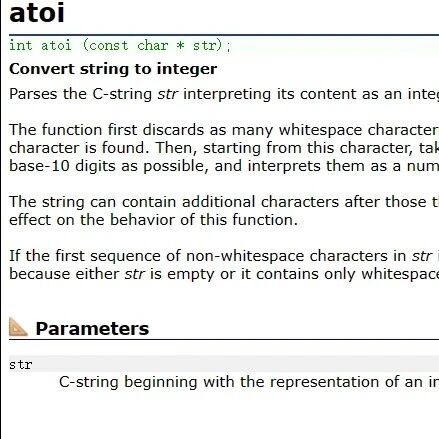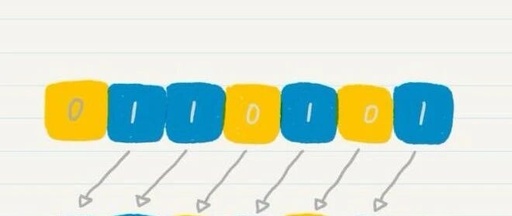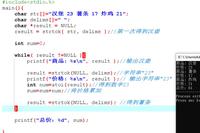Introduction to GDB and Usage Examples: Start Debugging Your Programs!
When it comes to learning embedded systems, there is undoubtedly a lot to learn and remember. Writing this down helps me reconstruct problems and receive guidance from peers. 1. What is GDB? During our programming journey, we inevitably encounter program crashes, variable anomalies, and logical errors. This can be particularly frustrating for technical support workers … Read more









